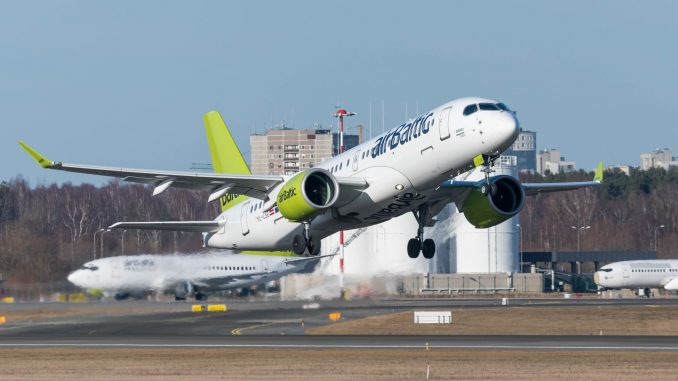
While the global airline industry is rushing to postpone aircraft deliveries amid a drop in demand from the ongoing Coronavirus crisis, Latvian airline AirBaltic is using the opportunity to accelerate the completion of its fleet renewal and move to an all-Airbus A220 fleet.
Government-issued travel restrictions to battle the spread of the virus have led to a virtual standstill of the global aviation industry. Many companies, not just limited to airlines, expect demand to take at least two to three years to reach pre-Coronavirus levels again, resulting in a temporary overcapacity.
Move to a single aircraft type
As most other airlines, AirBaltic’s first and most obvious step was to retire the remains of its older, less-efficient fleet. This applies to its last three Boeing 737, a type of which it is still operating the ‘Classic’ variant, more specifically the 737-300, with an average age of 20 years.
When asked by International Flight Network, AirBaltic confirmed that it has ‘discontinued’ flying its few remaining 737, further saying: “The Boeing 737 aircraft are currently in the process of being sold“.
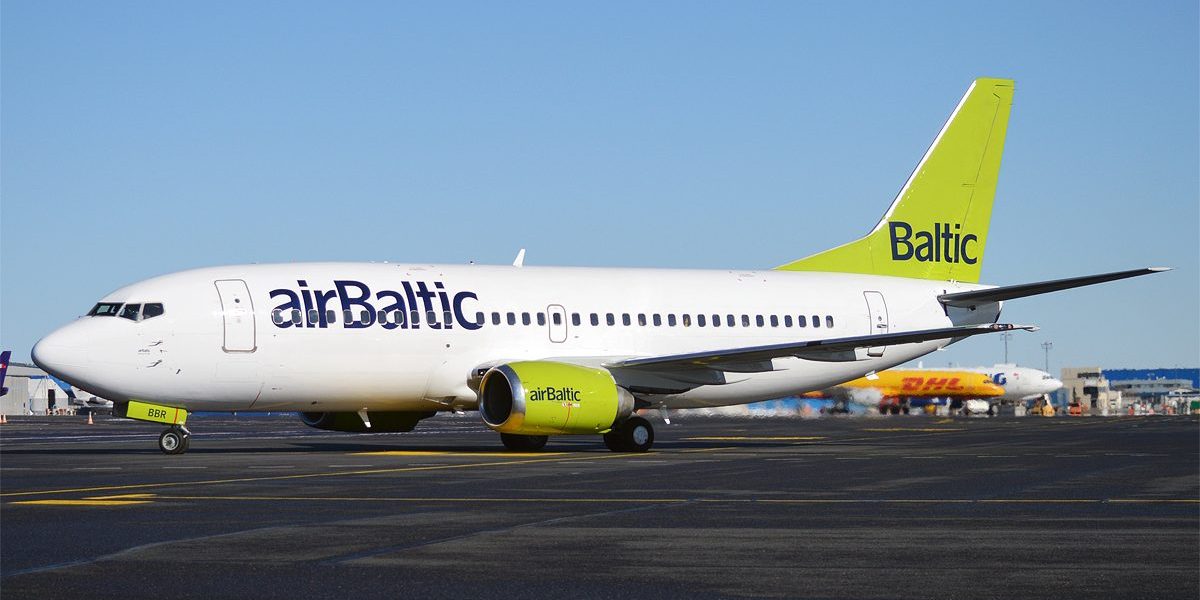
Another aircraft type that has been part of the carrier’s operations is the Bombardier Dash 8 Q400 NextGen, nowadays known as the De Havilland Canada DHC-8-400 after Bombardier sold the programme in late-2018. While the Dash is still far from retirement age, AirBaltic has been planning to phase-out its last twelve frames to simplify its fleet by only operating one single aircraft type.
The airline has confirmed to International Flight Network, that, in addition to the old Boeing 737, its Bombardier turboprops will not return to the skies once virus-related restrictions are lifted and flight operations can resume. AirBaltic also says it is in discussions with lessor Nordic Aviation Capital (NAC), from which it leases the aircraft.
Over the past ten years, the Dash 8 was mostly used on routes with lower demand, where a 737 might not have been viable. But as the airline is moving to a more efficient and lower-cost structure, a standardised and modern fleet ultimately wins the battle and small regional aircraft are no longer required in the business model. This procedure is not exclusive to the Baltic carrier. In recent times, several European airlines opted to retire their turboprop aircraft, including Austrian Airlines and Eurowings. United Kingdom-based regional low-cost carrier Flybe, which operated a fleet consisting almost exclusively of the Bombardier Dash 8, ceased operations in March.
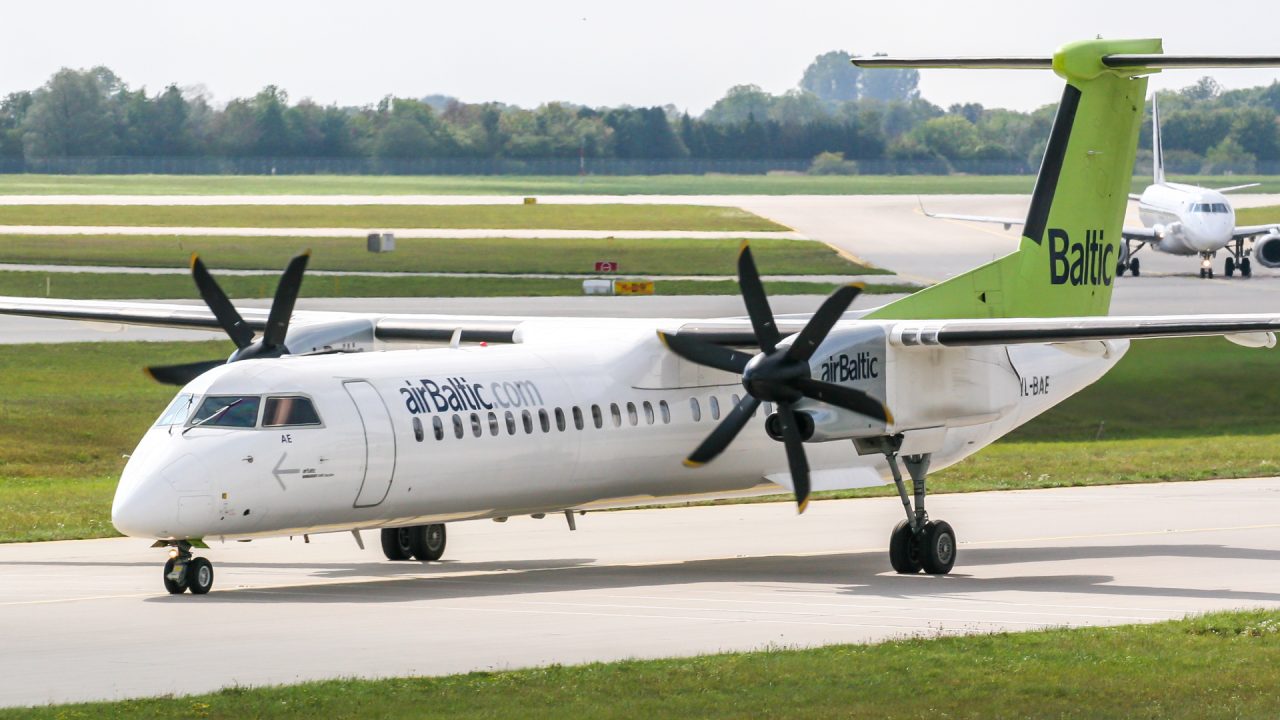
The retirement of both the Boeing 737-300 and Bombardier Dash 8 Q400 fleets will leave AirBaltic with only one aircraft type: the Airbus A220-300, formerly known as the Bombardier CS300. Moving to an all-A220 fleet has been its masterplan since at least 2018, when it increased its order from 20 to a total of 50, with options for another 30 of the Canadian-made jet.
So far, the airline, which became the launch customer of the type in late-2016, has received 22 Airbus A220-300. Enough for the short-term post-crisis flight operations, but not enough for the big expansion ambitions the company has.
In April, it was first reported that AirBaltic is in discussions with Airbus to accelerate deliveries of outstanding A220 orders. The plan goes totally against the current trend, in which airlines around the world are mostly trying to postpone deliveries or revise orders entirely to preserve short-term cash flow and avoid ending up with too many airplanes when the Coronavirus restrictions are over but demand is still low.
But AirBaltic seems to see this as an opportunity. The lack of short-term demand for new aircraft opens up the possibility of receiving deliveries ahead of schedule. On April 23rd, its Supervisory Board approved an updated business plan, which sees the order for a total of 50 A220 to be completed by the end of 2023. This would more than double the airline’s capacity within just three years.
Government financed rescue
However, the financial hit of the current crisis does not bypass Riga-based AirBaltic. The airline stopped all its regular flight operations on March 17th, and has since only carried out a hand full of select flights to repatriate individuals or transport medical supplies. Until the end of October, it expects to cancel about 50 percent of its scheduled flights.
In order to ensure short-term liquidity and prevent its flag-carrier from perishing, the Latvian government has invested €250 million (US $271 million) into the company.
The investment increases the Latvian state’s stake in the airline from 80.08 percent to 91 percent.
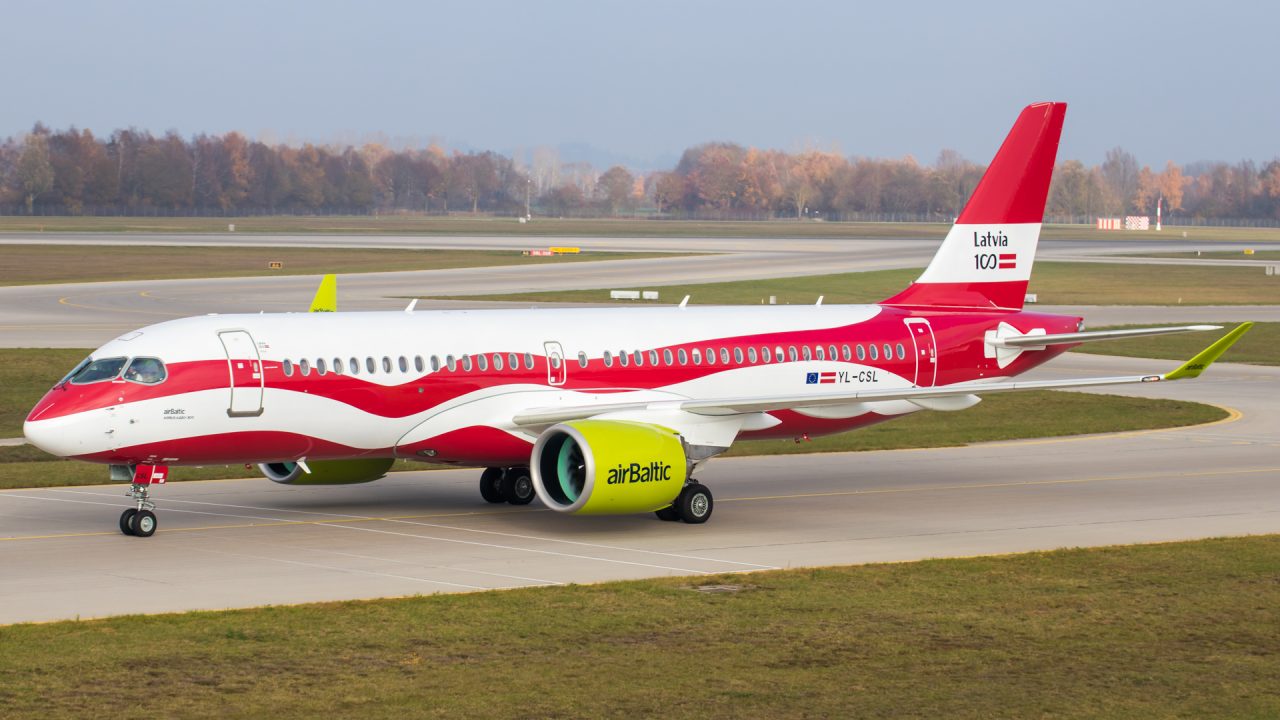
Expansion beyond the Baltics?
AirBaltic holds options for another 30 Airbus A220-300, which, if exercised, would bring its total fleet to a total of 80 aircraft. Apart from being an impressive number of airplanes for an airline whose home country has not even two million inhabitants, this demonstrates AirBaltic’s eager expansion goals.
The 30 additional aircraft would, however, not be based in the three Baltic countries Estonia, Latvia and Lithuania that the airline is based in. In a media conversation at Paris Air Show 2019, Chief Executive Officer Martin Gauss explained to International Flight Network that these options are reserved for a potential expansion beyond the Baltic states.
Mr. Gauss joined AirBaltic as CEO back in late-2011, when the company was having severe financial problems. At one point in 2011, AirBaltic laid off half of its employees and cancelled hundreds of flights. Then in 2012, the airline placed an initial order for ten Bombardier CS300 (now the Airbus A220-300). At the time, the move was considered as risky and speculative because of AirBaltic’s financial instability, as well as uncertainty over Bombardier’s ability to deliver the promised product.
Once the airline had started operating the type, its CEO could not have been more cheerful about the airplane’s operational efficiency. It seems that the CS300 was indeed a bet that, after some initial delivery delays on Bombardier’s side, worked out well for the carrier and is, in parts, responsible for its successful turnaround and determined plans for the future.
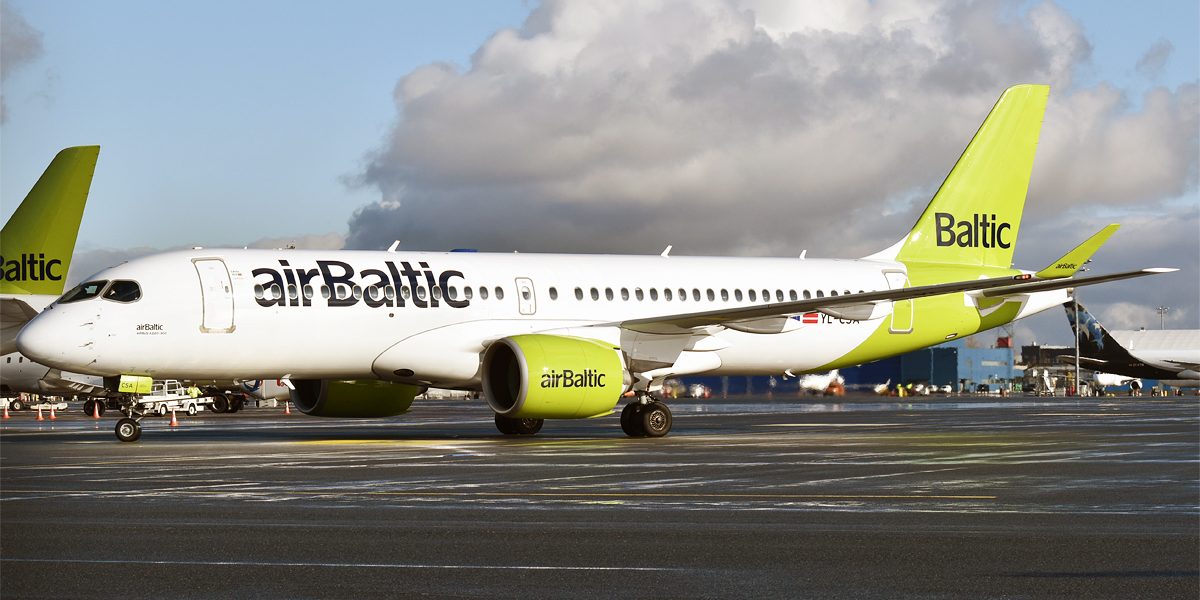
Read more: AirBaltic unveils updated livery on 100th delivered Airbus A220
Now that AirBaltic has up to 80 Airbus A220 on order, it is worth looking into where it would even deploy all these aircraft.
According to the business plan the airline has developed for the coming five years, all 50 firmly ordered airplanes will be based in the Baltic states. As it has now skipped the gradual replacement of Boeing 737 and Bombardier Dash 8, AirBaltic can move on to expanding in its home countries – at least if the Coronavirus crisis comes to a timely end.
What would happen with the 30 additional options is not clear, at least the airline hasn’t made public comments on the matter so far. But what we do know is that AirBaltic would require a new investor, which has the necessary financial capacity to let the airline take delivery of the planes and use them for a somewhat risky expansion beyond its safe home markets. Whether or not AirBaltic will ever be able to realise this ambition was uncertain, even before today’s crisis put all expansion plans that the global airline industry had to a temporary halt.

Jakob Wert is an aviation journalist from Germany. He built up the website IFN.news and is the Editor-In-Chief of International Flight Network.



